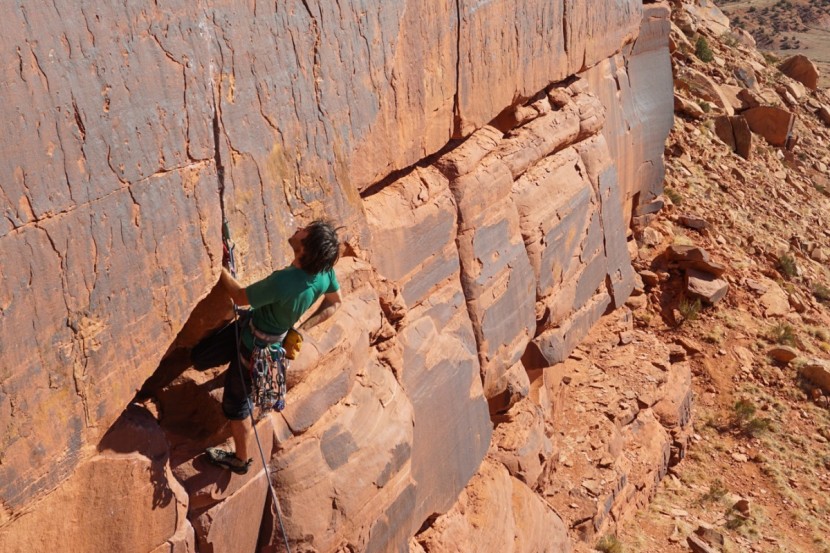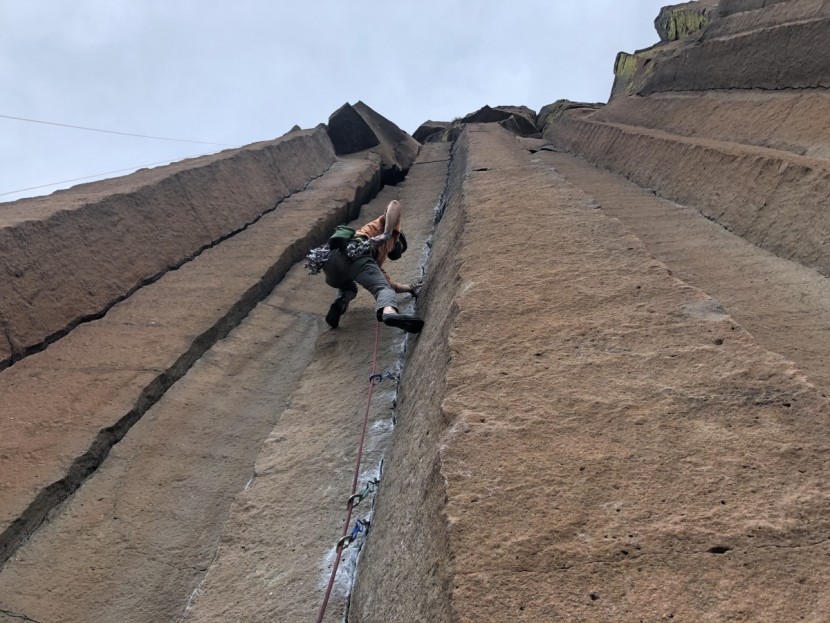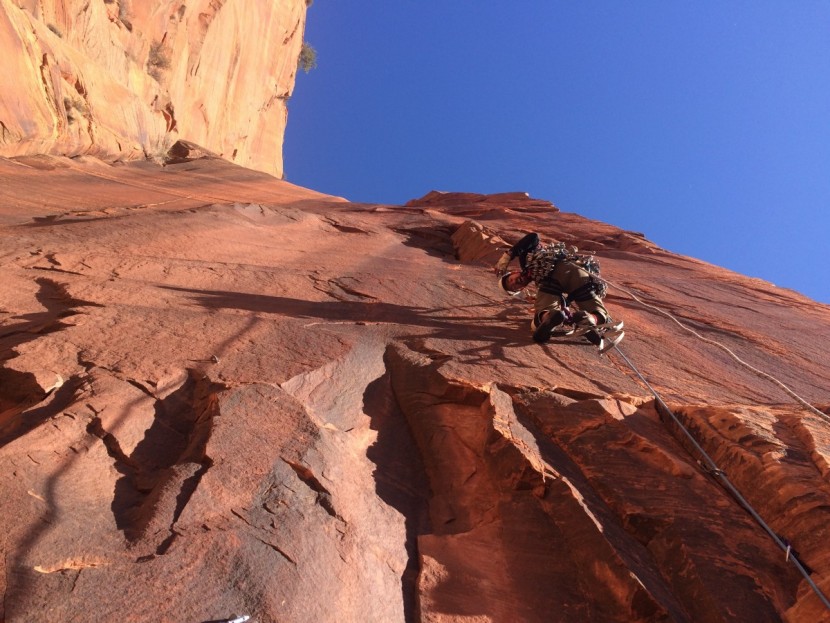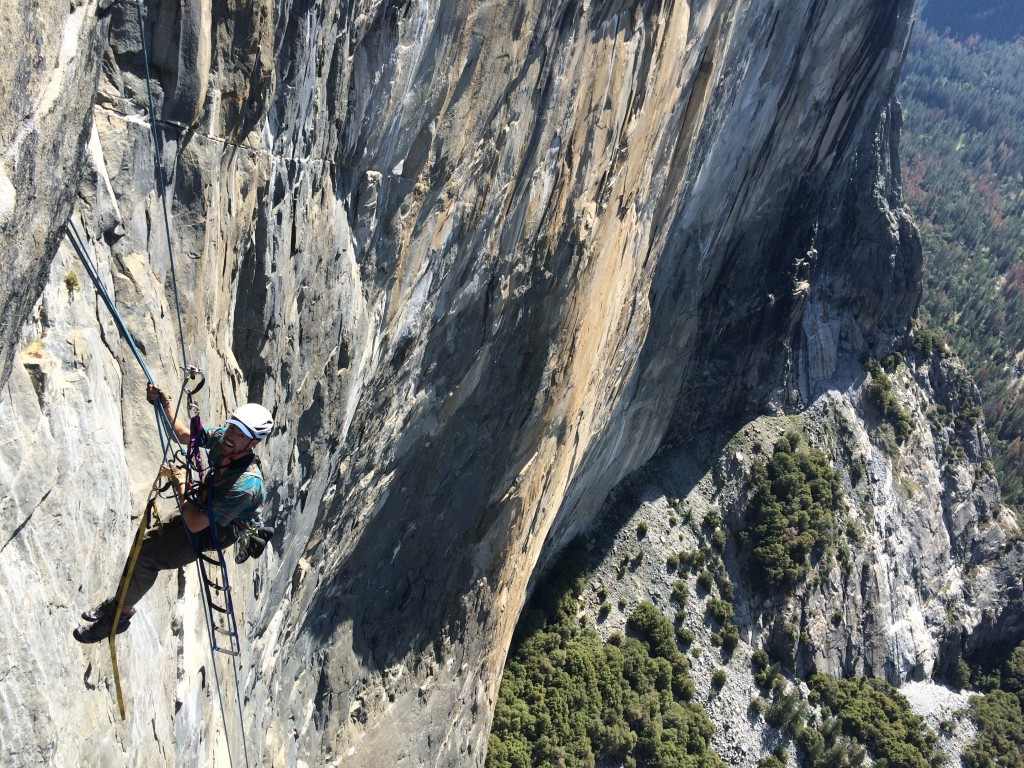GearLab has its roots in rock climbing, with our founder Chris McNamara being one of the most famous and recognized big wall masters on the planet. It goes without saying, then, that the cams we have tested for this review have undergone a serious workout. It is no exaggeration to say that 100s of thousands of feet have been climbed using the cams we have tested for this review. As new cams have hit the market, and old cams have been updated, we have purchased them and kept on climbing, ensuring that the selection here it the most up to date.
The information you see in this review has been collected by two main testers, Matt Bento and Andy Wellman, but also builds on years of previous testing of older models, a foundation laid by Ian Nicholson and Chris McNamara. Testing has taken place at many of the most famous and iconic climbing areas in the United States. We've climbed finger cracks in Tuolumne Meadows, bounce tested aid placements on El Cap in Yosemite Valley, placed every style of cam one after another on splitter cracks in Indian Creek, and tweaked them into the irregular and uneven fissures created by the basalt and tuff formations in central Oregon.
Most of the testing took place “in the field,” by using cams on trad climbs. Falls were taken. There may have been some curses thrown in for good measure. But beyond simply climbing lots of rocks, we used our lifetimes of climbing experience to carefully note important key factors for each cam and metric, described below. When necessary, we sought out specific situations that would test these metrics, and compared cams side-by-side in them.
Free Climbing
The catch-all metric for what it's like to use a cam while climbing hard. It helps to be near your limit to truly grasp how easy or hard a cam is to use in a pinch. By and large, testing took place by trying hard, and seeing what happened. An easily recognizable color scheme, a wide cam range, and thumb loops — these things really help.
Weight
A difficult thing to compare for cams considering they all have different size ranges. We compared the weight of individual units by testing all at a 1 inch size, which is relatively easy. But this doesn't tell the whole story, so we also compared the weight of the whole range for each brand, lining up fingers against fingers and hand sizes against other hand sizes. Weights were taken on an independent scale of test pieces, then compared to manufacturer stated weights for accuracy. We used manufacturer weights for cam sizes that we did not have on hand for testing.
Range
By and large, we relied on manufacturer stated ranges for most cams, although the differences in range between individual units was surprisingly easy to ascertain simply by playing around with them a bit. We took all the cams to the base of crags and would force them all into countless different cracks, on the ground, where it didn't matter, just to see how one brand would fit compared to another.
Horizontal Cracks
Happily, we took no huge whippers on horizontally placed cams while testing for this review, something we recommend you avoid if you want to keep using those cams. Once again, a lot was learned about the differences between different versions simply by playing around at the base of the crags, comparing one cam after another in the exact same placements.
Tight Placements
Everything we know about tight placements has been hard-earned, usually by having bodyweight placements pop out while bounce testing on hard (or seemingly hard) El Cap routes, maybe with tears of fear in our eyes. Seriously, though, climb a route like the Shield or North America Wall as clean as you can, and you will earn a doctorate in placing sketchy cams in horrible flared placements. This knowledge will aid you for the rest of your climbing life, and really helps while free climbing near your limit. Many of the finger-sized cams were also tested on difficult, finicky climbs like the 5.11s found in the Lower Gorge at Smith Rock, not to mention countless other trad pitches.
Durability
We will admit to some speculation based upon consensus and lifetimes of experience, acknowledging that all of our testers have worn their way through multiple racks in their careers, have seen what works, what doesn't, and how things break. We don't intentionally want to trash climbing gear, so we try not to.
Walking
This metric was graded based upon the combination, or lack thereof, of specific features that either create more walking or less, in general. These are the length of the sling, tightness of cam lobe springs, and flexibility of stems. Long slings, flexible stems, and tight springs generally lead to less walking. The fact is that proper rope management is a skill that can eliminate all concerns of walking cams.
Aid Climbing
Time spent on El Cap, enough said!





